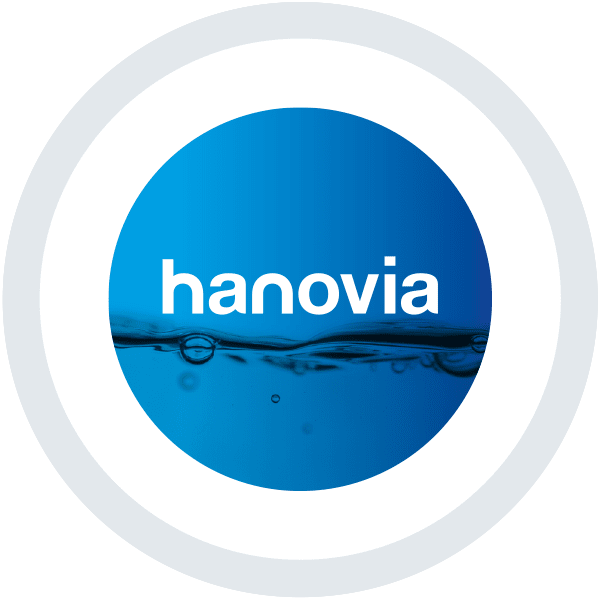Inactivation of guaiacol-producing Alicyclobacillus in Sucrose
by B. Grochowski
Following the International Society of Beverage Technologists (ISBT) event in Fort Myers, FL last week, it’s clear that heat resistant molds (HRMs) and other thermo-tolerant spoilage organisms are of key concern for the beverage industry. In particular, Alicyclobacillus is a troublesome organism to control, as it is prevalent throughout the manufacturing process, and commonly found in ingredients, packaging, and the processing environment. To complicate things even further, thermal processing can activate Alicyclobacillus ascospores, resulting in germination and potential product spoilage as guaiacol-producing Alicyclobacillus multiply.

One of the most common sources of Alicyclobacillus contamination is from liquid sucrose and other liquid sweeteners. Process solutions for inactivating Alicyclobacillus in sucrose are quite limited considering the organism’s tolerance for high temperatures, which eliminates pasteurization as a viable solution for inactivating this organism. UV disinfection has been an option for sugar syrup treatment for many years, but little was known about the effects of UV on Alicyclobacillus and the inactivation dose requirements for this organism until a few years ago.
In 2003, Mark Wnukowski and his team at American Sugar Refining in Yonkers, NY were challenged to find a way to inactivate Alicyclobacillus in their refining process. They explored the use of ultraviolet disinfection as a potential solution and to help the industry better understand the possible UV dose requirements for inactivation of Alicyclobacillus. Findings from the study were published in the May and June edition of the International Sugar Journal in 2013 (INTERNATIONAL SUGAR JOURNAL 2013, VOL. 115, NO. 0000). Below are some key findings from their research:
- UV can be an effective solution even in very low UV transmittance sugar solutions (<5% UVT)
- UV dose requirements can be quite high depending on the level of inactivation required (74mJ/cm2 to 545mJ/cm2)
- Standard UV system sizing used by manufacturers historically may be ineffective at inactivating Alicyclobacillus

This research was quite pivotal in gaining a better understanding of UV’s performance and requirements for proper inactivation of Alicyclobacillus in liquid sucrose. Since Mark’s research in 2013, additional research and testing has provided some other key learnings for properly implementing UV for inactivation of Alicyclobacillus.
- Medium pressure UV technology outperforms low pressure UV technology due to its multi-chromatic output
- The higher wavelengths emitted by medium pressure UV, degrade Alicyclobacillus protein and enzymatic pathways in addition to its primary mode of inactivation through DNA degradation
- Traditional UV disinfection treatment vessels may not be ideally designed for sugar syrup due to the low UV transmittance
- UV vessel design needs to encompass lamp spacing, ensuring the distance from center of lamp to center of lamp, and center of lamp and vessel wall, are at a minimal distance, thus optimizing inactivation.
- Recirculating liquid sucrose through the UV system on a sucrose holding tank is the ideal process design as it enables multiple passes through the UV system creating a cumulative dose effect on the organism over time
- Ensure the system design takes into account the specific UV transmittance of the sucrose used in the facility, as this has an exponential effect on system sizing and performance
Over the past several years, and especially since data has been published on the use of UV for the inactivation of heat resistant molds (HRMs), many organizations have implemented the technology. These include liquid sucrose distributors, transport companies, refineries and end users, who all now realize the benefits of UV in their process.
Additional information on Mark Wnukowski’s research can be found online at the link below.
https://www.internationalsugarjournal.com/paper-author/m-f-wnukowski/





 沪公网安备 31011202013557号
沪公网安备 31011202013557号